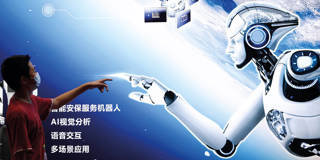While hand-wringing about AI's implications for work and labor markets is understandable, economic history and current data make clear that the most common fears are largely overblown. Current applications are nowhere near levels that can threaten jobs or even have a noticeable effect on productivity statistics.
LONDON – Artificial-intelligence technologies are advancing both quickly (in terms of widespread adoption) and in big steps. Hardly a day passes without some commentary in the media about the latest AI breakthroughs and their connections with robotics, the metaverse, and the world of work. Some are optimistic, focusing on the potential to raise productivity, eliminate boring tasks, and free up time for more enjoyable activities. Others are pessimistic, focusing on the potential to destroy jobs and steer societies in unknown directions. Both views have elements of truth. But the most important point is often forgotten: AI was invented and developed by humans, and humans can control its development and uses.

LONDON – Artificial-intelligence technologies are advancing both quickly (in terms of widespread adoption) and in big steps. Hardly a day passes without some commentary in the media about the latest AI breakthroughs and their connections with robotics, the metaverse, and the world of work. Some are optimistic, focusing on the potential to raise productivity, eliminate boring tasks, and free up time for more enjoyable activities. Others are pessimistic, focusing on the potential to destroy jobs and steer societies in unknown directions. Both views have elements of truth. But the most important point is often forgotten: AI was invented and developed by humans, and humans can control its development and uses.